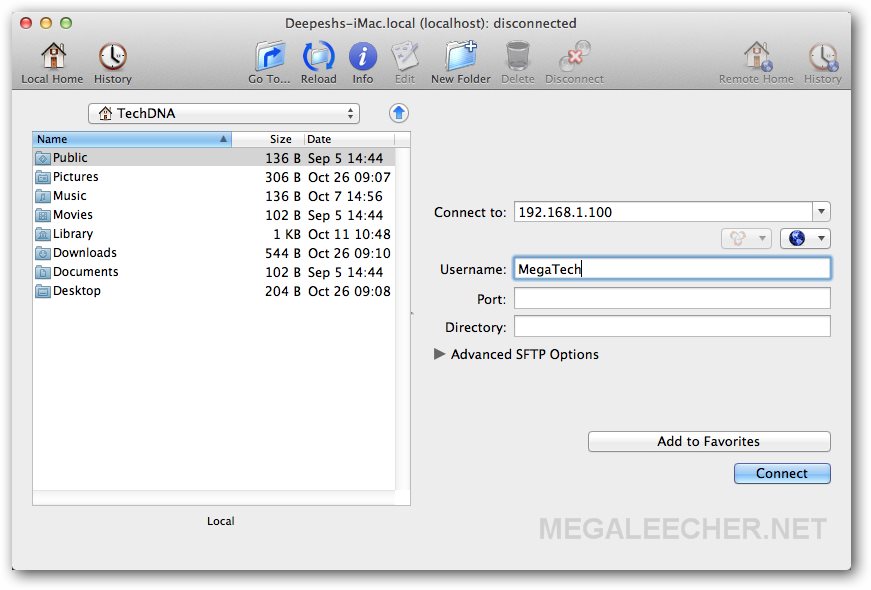Ssh Client For The Mac
Posted By admin On 30.12.18Download Termius - SSH client for macOS 10.9.0 or later and enjoy it on your Mac. Termius is more than a mere SSH client – it’s a complete command-line solution that’s redefining remote access for sysadmins and network engineers. One of the best ssh client for Windows is PuTTY. However, despite being the most preferred ssh client for windows 10, PuTTY lacks in certain features. However, despite being the most preferred ssh client for windows 10, PuTTY lacks in certain features.
Given this situation, please double-check whether you have turned on the Teams notification by clicking your avatar > Settings > Notifications. You can click your avatar > About > Version to check it. Hi Mark Fleming (markf), From your description, do you mean you want to get the notification in Teams for Mac like the following screenshot shows? Microsoft tfs client for mac. If the problem persists, please provide us a screenshot of your Teams version for further checking. According to my test, you will get notification when you receive a message from a channel that you are following or in one-on-one chat.
Graphical Ssh Client Mac

PuTTY is a great Windows frontend, not to mention the need for an SSH client in the first place. On Linux, OS X, and most other UNIX-y based environments, SSH is generally purely command line, but still amazingly powerful. The SSH client allows you to store an amazing amount of properties based on a given hostname, even global defaults, in the 'ssh_config' client file. This file doesn't exist by default (per the comments on the question), but should be written at ~/.ssh/config. That path equates to: ~, your home directory, it expands on my system to /Users/jason.ssh, the leading dot makes it hidden.
Ssh Client For Mac Gui
If you're in Terminal and in your home directory, you can simply run cd.ssh and enter it. Config is the file name, it is a plain text file with configuration parameters.
I use this file to control tunnels I always use, the private key needed for the connection, the username (if it differs from my local username), etc. See the manpage, either via man ssh_config on your own machine which will contain the most appropriate version, or you can view it online from. Some example contents from my ssh config file are: ControlMaster auto ControlPath ~/.ssh/sockets/master-%r-%h-%p VisualHostKey yes Host serve Hostname 8.8.8.8 User jason IdentityFile ~/.ssh/id_rsa LocalForward 5901 localhost:5901 Whitespace is purely personal preference, it is not required except to separate Keys from Values. The first three lines are global properties, they affect every SSH connection. The second section is a host-specific configuration. The Host line specifies the host tag you will use when invoking ssh.
When running that, it loads all the properties listed until the next Host line. Since serve is not necessarily a DNS name, I specify the Hostname that it should actually connect to (no, not actually mine). User is self explanatory and there just to be explicit, and the IdentityFile is the path to the Private Key file it uses to connect. Lastly, LocalForward sets up a port forwarding rule that I send through the SSH tunnel. The various syntaxes are all documented on the man page. There is no mechanism for defining a plain text password. Password entry is ALWAYS interactive when setting up the SSH connection.

If you want to log in automatically, set up. Storing plain text passwords is stupid, always. I use this to great effect.
And the best part? All your SSH configurations are incredibly portable, it's just one file that you have to backup/retain, and move between system to system!
Not so portable to Windows, but who really likes dealing with the registry anyway? I have no experiences with this App: - I only did a quick Google on 'OS X telnet GUI' and got a link to this product as the first hit - but it seems to do the same as PuTTY. There is a 30 days trial available. ZOC is a professional SSH/telnet client and terminal emulator. With its impressive list of emulations it lets you easily connect to hosts and mainframes, using communication methods like secure shell, telnet, serial cable or modem/isdn. Its sleek user interface has many ways of making your life easier. In its own way, ZOC is the Swiss Army Knife of terminal emulators: versatile, robust, proven.
Key Benefits: • Tabbed sessions with thumbnails • Customizable to meet your preferences and needs • Scripting language with over 200 commands • Compatible with Windows 7 and OS X Mountain Lion • Administrator friendly (deployment, configuration) • Now $79.99 with attractive bulk discounts Key Features: • Emulations: VT220, xterm, Wyse, QNX, TN3270, TN5250. • Communication: SSH, Telnet, Modem, Serial Cable. • File Transfer: SCP, Zmodem, Xmodem, Ymodem, Kermit. Jason's is definitely the way to go, but I'd like to point out a feature of Terminal that may be useful. Within Terminal, you can make a direct connection to a remote machine similar to the way PuTTY does, without first opening a terminal window on the local machine. Simply select Shell->New Remote Connection.
In the window that pops up, you can add any SSH server to the right-hand column, including aliases defined in the ~/.ssh/config file. Using Jason's example, you would select 'Secure Shell' as the service on the left, and then add 'serve' to the list of servers on the right. In the future, you can open the dialog box (much like the main PuTTY window) and double-click the entry for the server you want to connect to. The only difference between this and PuTTY is that you put custom configuration settings in the ~/.ssh/config file, which I see as a huge advantage.